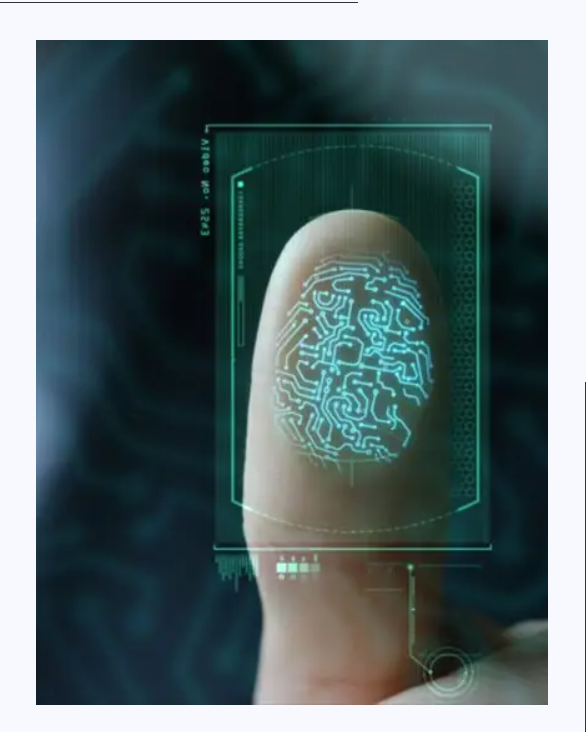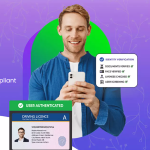
In today’s digital era, businesses and individuals rely heavily on secure authentication methods to prevent fraud and identity theft. Document verification services and facial verification have become essential tools in ensuring seamless and secure identity authentication. These technologies help organizations verify user identities with accuracy, reducing risks associated with fraudulent activities.
What Are Document Verification Services?
Document verification services refer to the process of authenticating official documents such as passports, driver’s licenses, national ID cards, and other forms of government-issued identification. Businesses use document verification to confirm a user’s legitimacy before granting access to services. This process is widely used in banking, fintech, e-commerce, healthcare, and other industries requiring high levels of security.
How Document Verification Works
-
Document Upload: The user uploads an image or a scanned copy of their identification document.
-
Data Extraction: Advanced OCR (Optical Character Recognition) technology extracts essential details such as name, date of birth, and document number.
-
Authenticity Checks: AI-driven verification compares the document against global databases to detect forged or altered documents.
-
Approval or Rejection: The system either approves the document for authentication or flags it for further manual review.
What is Facial Verification?
Facial verification, also known as face recognition authentication, is an AI-powered biometric technology that verifies a user’s identity by analyzing their facial features. This method is widely used in KYC (Know Your Customer) compliance, access control, and online identity verification.
How Facial Verification Works
-
Live Face Capture: The user takes a selfie or engages in a live video session.
-
Face Mapping: AI maps key facial features such as eye distance, nose shape, and jawline.
-
Liveness Detection: Advanced algorithms ensure that the image is not a spoofed attempt using a photo, mask, or deepfake.
-
Matching with ID: The captured facial data is compared with the photo on the submitted ID document.
Benefits of Using Document and Facial Verification
1. Enhanced Security
By combining document verification and facial verification, businesses can strengthen identity authentication, preventing fraud and identity theft.
2. Faster Onboarding
Automated verification reduces manual document checks, allowing businesses to onboard customers in seconds.
3. Global Compliance
Industries like finance and healthcare must comply with strict KYC and AML regulations. These verification solutions ensure compliance while reducing operational risks.
4. Improved User Experience
Seamless verification processes eliminate the need for lengthy paperwork, improving customer satisfaction.
Industries Benefiting from These Technologies
-
Banking & Fintech: Secure digital account openings and transaction authentication.
-
E-commerce & Retail: Preventing fraudulent transactions and fake accounts.
-
Healthcare: Ensuring patient identity for secure medical records.
-
Travel & Hospitality: Simplifying check-ins with biometric authentication.
Conclusion
As digital transactions continue to rise, businesses must implement robust security measures to protect against identity fraud. Document verification services and facial verification provide a seamless, accurate, and efficient way to authenticate users, ensuring compliance, security, and trust. Investing in these solutions is no longer an option but a necessity for organizations prioritizing digital security.





Leave a Reply